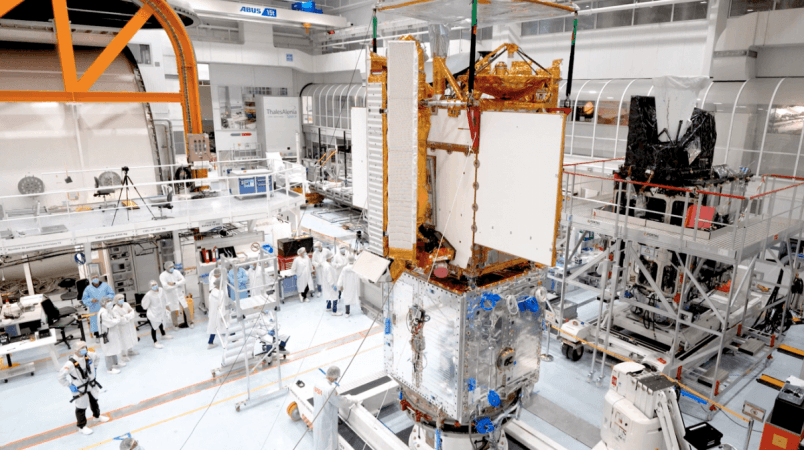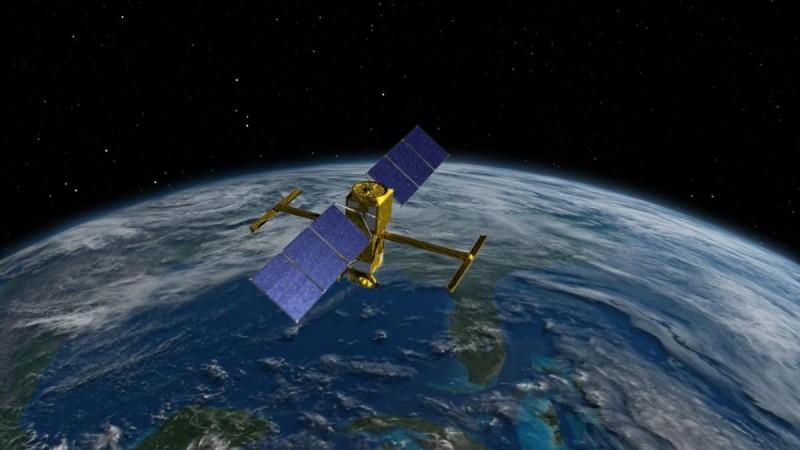The Surface Water and Ocean Topography (SWOT) mission will be ready for launch in just a year from now and the final set of tests on the spacecraft have started.
Assembled by an international team of engineers and technicians, the next-generation satellite will make the first global survey of Earth's surface water and study fine-scale ocean currents.
SWOT is a collaboration between NASA and the French space agency Centre National d'Etudes Spatiales (CNES), with contributions from the Canadian Space Agency (CSA) and the United Kingdom Space Agency (UK Space Agency).

The SUV-size satellite will collect data on the height of Earth's salt- and fresh water – including oceans, lakes, and rivers – enabling researchers to track the volume and location of water around the world.
SWOT will help to measure the effects of climate change on the planet's water, such as the processes by which small, swirling ocean currents absorb excess heat, moisture, and greenhouse gases like carbon dioxide from the atmosphere.
Entire water resources
The mission's measurements will also aid in following how much water flows into and out of the planet's lakes, rivers, and reservoirs, as well as regional shifts in sea level.
"SWOT will be our first global snapshot of all surface water that we have now, how the water moves around the planet, and what happens to it in a new climate," said Nadya Vinogradova Shiffer, SWOT program scientist at NASA Headquarters in Washington.

A team at the agency's Jet Propulsion Laboratory in Southern California shipped the scientific heart of the satellite to Cannes, France, in June. Ever since, they've been working with colleagues from CNES and the French space agency's contractor, Thales Alenia Space, to connect the part of the spacecraft holding the science instruments to the rest of the satellite and ensure that the electrical connections function properly.
"The best part has been seeing two complex systems that were built across the world from each other by different teams come together and work," said JPL's Said Kaki, the deputy project manager for SWOT. Kaki, along with an initial team of about 25 people from JPL, followed the mission's science instruments to France in June.
There are certain tests and procedures that the team needs to conduct in person, so they are living and working thousands of miles from home until the SWOT satellite is shipped to its launch site at Vandenberg Space Force Base in Central California in September 2022.

















